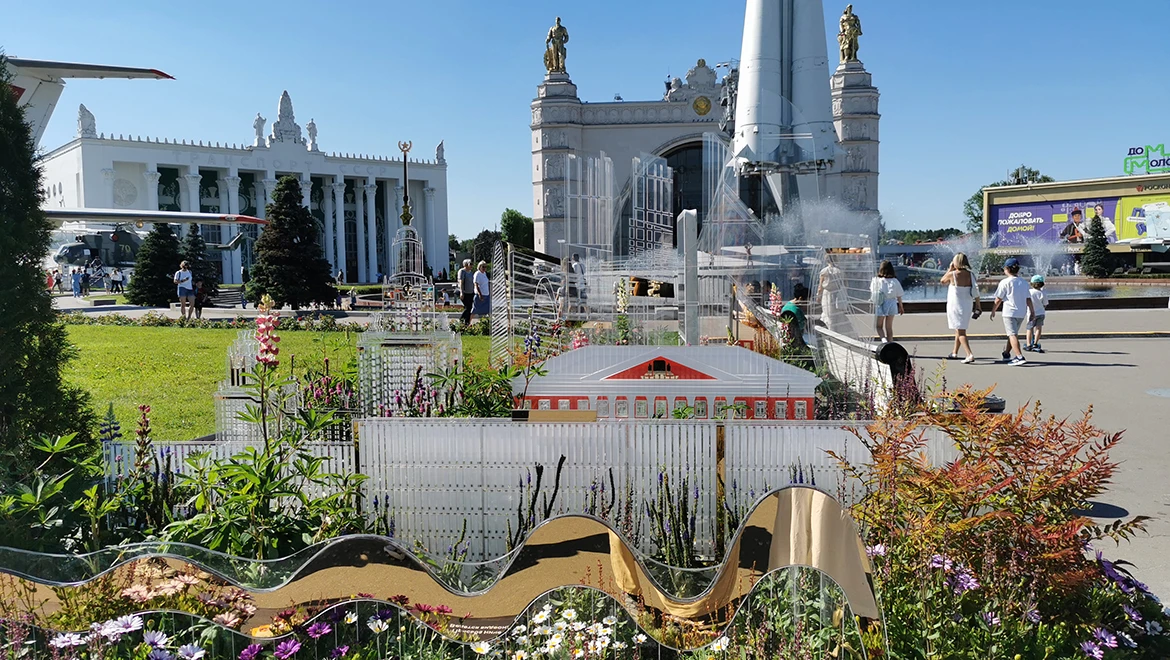Edelweiss. Republic of Dagestan
Edelweiss,
or Leontopodium, is an annual or perennial herbaceous plant, 12-25 cm high, of
the aster family, widespread in the high mountainous regions of Europe and
Asia. The scientific Latin name Leontopodium can be translated from Greek as
"lion's paw", which is what the appearance of the inflorescence resembles. But
the Russian word "edelweiss" is a transliteration from German and means "noble
white".
In his
monograph "Encyclopedia of Medicinal Plants of Dagestan" Candidate of
Biological Sciences, Professor Shamil Huseynov described in detail this amazing
flower, which is a symbol of courage and bravery, as well as pure selfless love
among highland peoples. Shamil Abdulkasumovich was awarded the title "Merited
Worker of Higher School of the Republic of Dagestan" for his contribution to
the study of plants of the region.
Surprisingly,
the mysterious edelweiss is actually from the same family as the well-known
sunflower and chamomile. The flower most resembles a silver or snow star:
pointed short petals alternate with longer ones, and tiny hairs give them a
velvety sheen.
The main award for mountaineers — the Order of Edelweiss — is named in honor of this flower. Order of I degree was awarded to a little more than a hundred daring people. After all, to climb two kilometers and higher above sea level, touch Edelweiss and return alive and unharmed is a great luck. In the Middle Ages, a young man who presented a white flower to his beloved was always reciprocated. After all, such a gift was the best proof of love, as well as courage and agility of the young man.
And also,
this flower symbolizes tenacity. Thanks to its strong stem, edelweiss rises,
even if it is trampled. In addition, the plant is able to fully absorb
ultraviolet rays without affecting photosynthesis. This is why edelweiss
extract can be found in the composition of sunscreen.
Edelweiss
is the main subject of many legends, poems and songs. In Dagestan there is a
legend dedicated to the origin of edelweiss. Once a disaster came to a mountain
village: a monster appeared on the snowy peaks and people began to disappear.
The elders managed to come to an agreement with the monster so that he would
not touch the inhabitants. But in return they sent him a tribute every year — the most beautiful girl of the village.
Several
years passed, and the local boy and girl, who loved each other, decided to get
married. But the girl was so beautiful that she was chosen to be sacrificed to
the monster. The groom couldn't let that happen and went to battle. The bride
waited for him on the bank of a mountain river and after a few days she saw
drops of blood in the clear water. The girl decided that it was the blood of
her beloved and went to his aid. On the highest peak, the girl saw a slain
monster and a wounded beloved. She took him under her arms and helped him down.
Beautiful white flowers grew on the mountain slopes where the girl's tears and
the young man's blood dripped. They were named in honor of the sweethearts
whose love and courage had saved the village from the monster. The girl's name
was Edel and the boy's name was Uweis.
Along with the RUSSIA EXPO, the flower festival is also coming to an end.
The "Future in Flowers" festival continues at the RUSSIA EXPO, where unique flowerbeds from all regions of our country can be seen at the "Space" pavilion until July 8.
The RUSSIA EXPO concludes on July 8, and with it, the flower festival will also come to an end.





